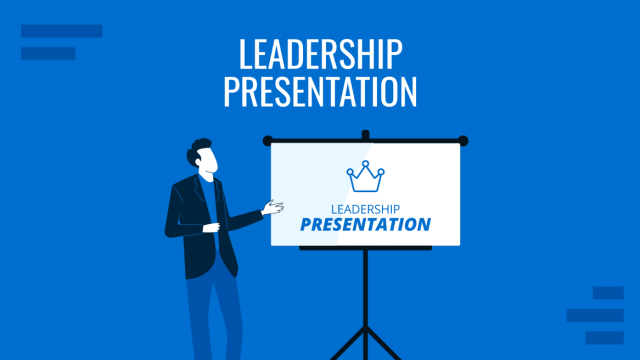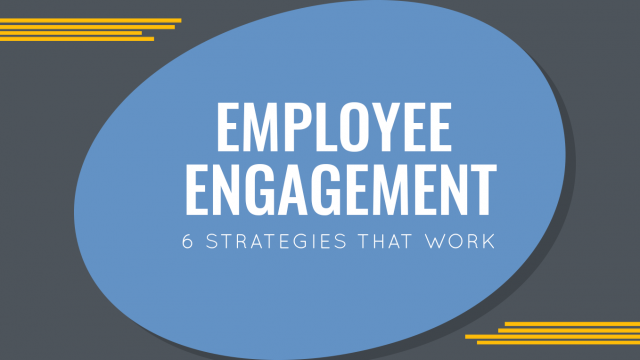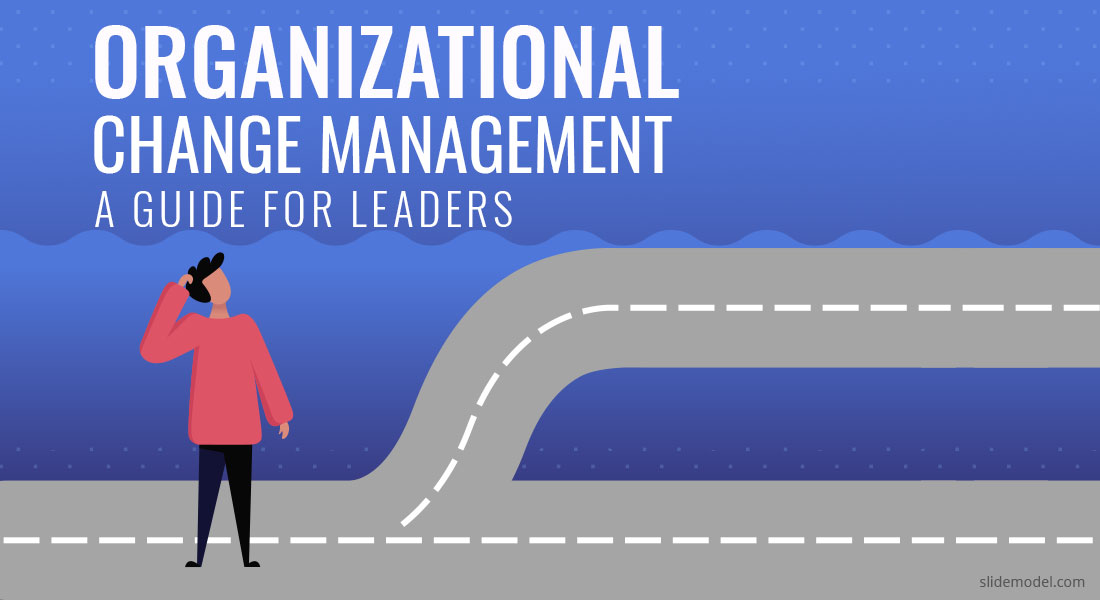
Nearly 7 in 10 business leaders have experienced at least one corporate crisis in the past 5 years — with the average number of crises, handled by them being three. And that’s even before 2020 has rolled it. So it only makes sense why business leaders today are increasingly focused on getting better at organizational change management.
What is Change Management?
SHRM defines change management the following way:
Change management is the systematic approach and application of knowledge, tools, and resources to deal with change.
In essence, the purpose of change management is to determine, structure, manage, and execute any initiative that would challenge the current status quo. The change management process includes multiple steps and structural elements, aimed at ensuring that:
- The organization can adapt/react to the changes, prompted by external conditions (e.g. market turbulence).
- The people, employed by the company, can go along with the proposed internal changes, prompted either by an internal or external need.
Change management is a cross-functional action, leaders pursue when they want to drive sustainable transformations and effective decision making across their organization with minimal resistance and disruption.
What is Organizational Change Management?
Organizational change management is a more narrow scope of action, aimed at altering how the organization operates. Organizational change can assume improvements in the company’s culture, standard operational procedures, service or technology portfolios.

The need for organizational change can be prompted by different factors such as:
- A slow rate of innovation
- Low operational efficiency
- Shift to another business model (e.g. from sales-led to product-led growth).
Why is change important? The global pandemic is a good illustration. Agile companies, capable of pivoting and driving organizational changes fast (and effectively), ended up among the market movers. Whereas more reluctant or ineffective companies are still struggling to shake off the disruptive impact of COVID-19 on their operations.
Certainly, a ‘swan’ event such as the global pandemic is a more rare case of organizational change. Far more frequently, businesses introduce a change management policy as a response to the following types of changes:
Adaptive changes — small-scale, incremental changes leaders pursue as the company’s needs and priorities evolve. In most cases, such changes are slight adjustments to existing processes, planned out in advance along with other initiatives on the annual/monthly agendas. These may apply only to certain people, processes, or tech, rather than the company as a whole
Transformational changes — large-scale, radical initiatives, involving multi-vector transformations. For example, a shift in the company vision can require changes in the product portfolio, management, team structure, and business processes.
Due to the sweeping scale and vast impact, transformational changes required careful orchestration. Typically, such organizational change management strategies are put in place as a response to a major shift in market conditions, a disruption in the supply chain, or another major event.
Transitional changes — a group of ‘sub-changes’ aimed at taking the company from its current state towards the desired to-be to solve a particular issue. For example, after M&A the parent company will develop a change management plan, aimed at aligning operations within the purchased asset with the rest of the organization.
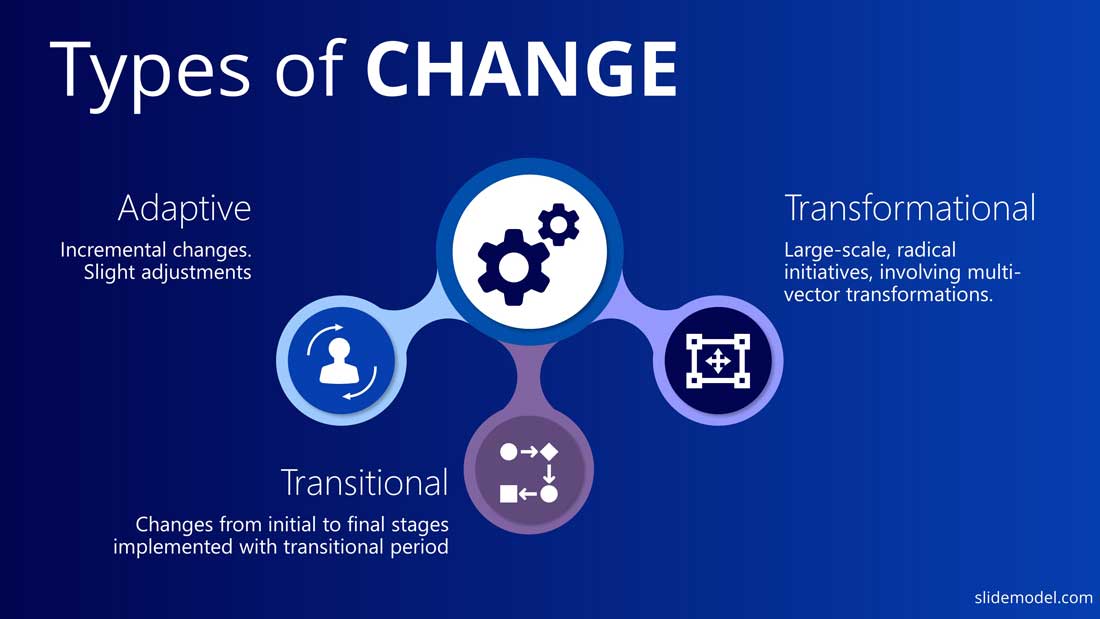
Organizational Change Examples
- Implementation of new technology or digital transformations
- M&A activity, company group consolidation
- Change in company leadership and strategic priorities
- Change in organizational culture
Popular Change Management Models: Overview
Old habits die hard. We are reluctant to change our usual ways, especially when the request for change is imposed on us (rather than manifests internally). That’s why formal change management techniques exist in the first place. They facilitate a paced and non-disruptive introduction of new practices, address resistance, and minimize turbulence, experienced during the change period.
But given that change comes in different shapes (and manifests as a response to different stressors), there is a range of change management tools leaders can leverage.
Kotter’s Change Management Theory
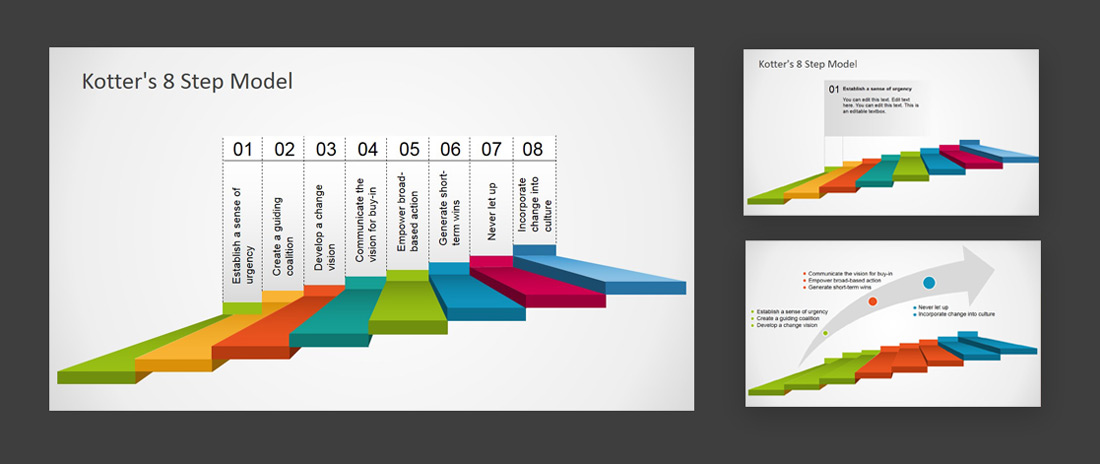
Dr. John Kotter, an author, and professor of Leadership at the Harvard Business School developed an 8-step framework for leading change. Each of the proposed change management steps is aimed at mobilizing the people around the purpose of change, getting a unified buy-in, and ensuring fast-paced action.
McKinsey 7-S Framework
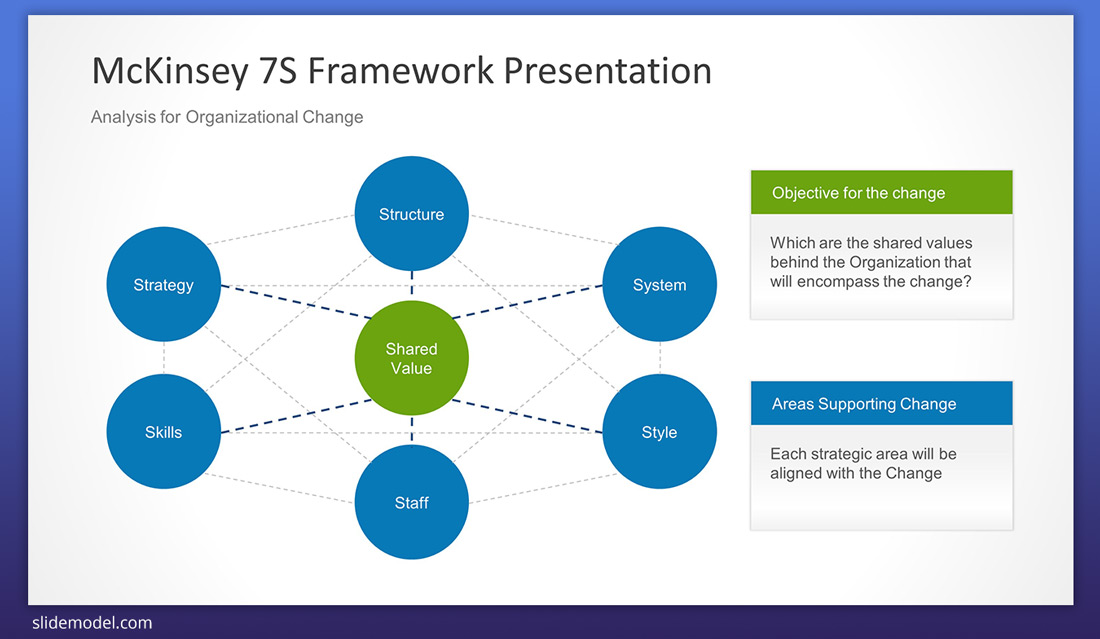
This change management model identifies 7 strategic areas, companies need to focus on in order to sustainably transform. These include:
- Strategy – a step-by-step roadmap for executing proposed changes.
- Structure – the company’s current structure and desired future state of it.
- Systems – new systems that will be required to support new operations.
- Shared values – core values and main principles that the company adheres to.
- Style – approach in which the change is adopted.
- Staff – current workforce composition and new roles that will become in demand.
- Skills – Competencies, possessed by the current workforce.
ADKAR model
ADKAR is an acronym for awareness, desire, knowledge, ability, and reinforcement — the five main components of effective change management, according to Jeff Hiatt. This model provides a great framework for formalizing the scope of change and identifying ways to support the employees during the transition.
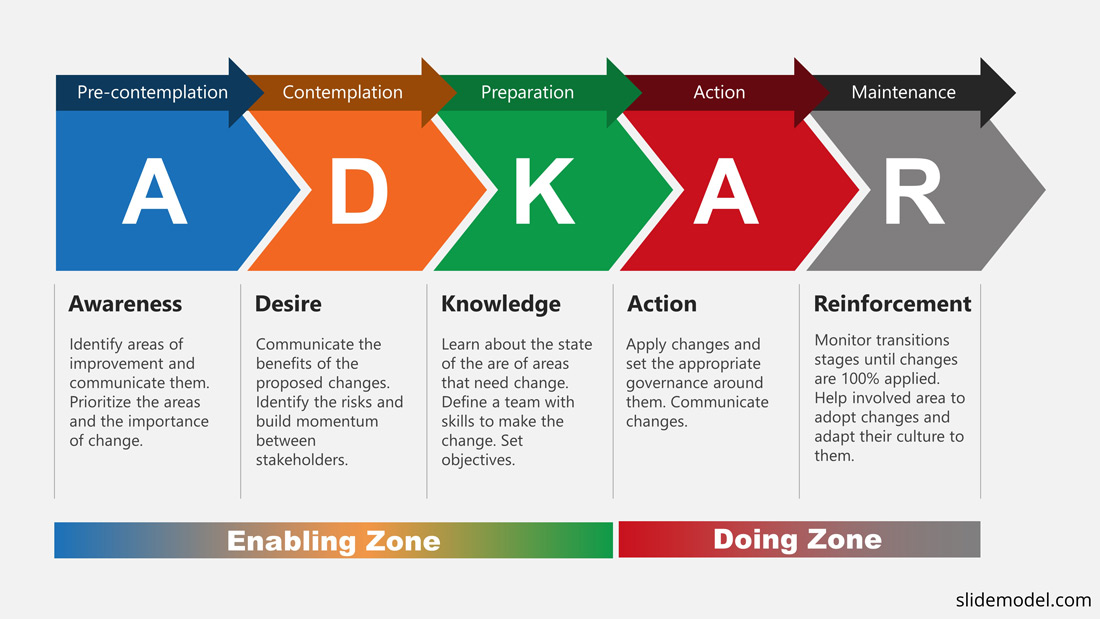
Lewin’s Change Management Model
This model focuses on helping leaders pursue stages in three phases:
- Unfreeze — a prep stage, aimed at ‘activating’ employees to make them more receptive to the imposed changes.
- Change — the active phase where change is introduced.
- Freeze — concluding stage, where all employees have adopted the change and can go back to a more ‘passive’ state of day-to-day activity.
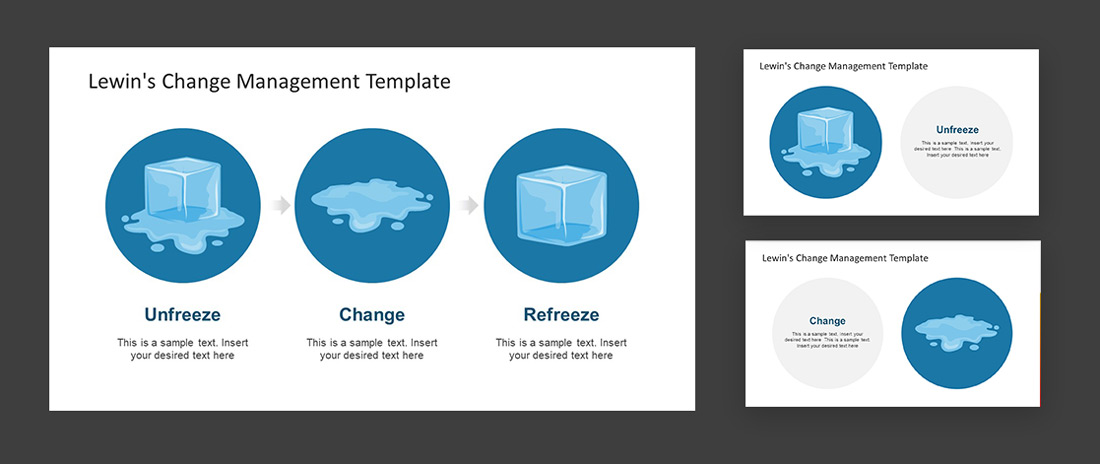
Also, check our complete collection of change management PowerPoint templates.
Organizational Change Management Best Practices
Organizational change and development is a multi-step process, requiring strong employee and stakeholder engagement.
To succeed with change management, leaders need to focus on the next 4 actions:
- Change Planning
- Change Leadership
- Change Management
- Change Maintenance
Change Planning
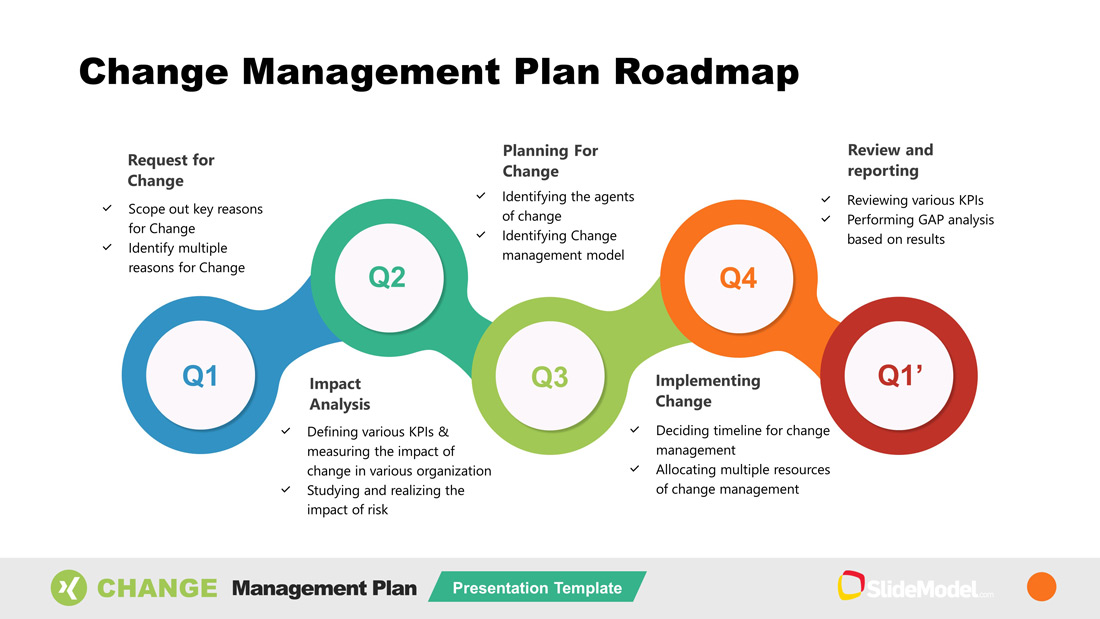
As the name implies, at this stage leaders analyze the current state of affairs, refine their vision, define future goals, analyze risks, and put plans for change.
To succeed with subsequent implementation, leaders need to:
- Create a detailed roadmap of change
- Set measurable and realistic objectives
- Identify success measurement
- Analyze and address possible risks
- Create a preliminary timeline for execution
- Set milestones and checkpoints
Best practices:
- Honesty and transparency: Prepare to have conversations with other leaders, stakeholders, and employees regarding the current state of affairs and the underlying needs for change.
- Regular conversations with the employees: To secure buy-in, communicate early and frequently with your people in regards to your plans, goals, and potential scope of change.
- Seek opinions from your teams. Gain grassroots support by having conversations with staff at different levels. Taking the planning conversations outside of the boardroom can help you gain fresher perspectives, and yet again — secure faster buy-in.
Change Leadership
In most companies, change happens from the top-to-bottom. Yet, directions issued from the above can be rather unsettling for people at lower levels and create unnecessary tensions, or worse — outright resistance. To prevent such scenarios, ensure that you are listening to people at all levels and obtain their support.
Outstanding change leadership involves the ability to communicate appropriately with others — motivate, engage, influence, and reassure people of the positive impact of upcoming changes.
Best practices:
- Address and resolve concerns early: Understandably, some of your employees may resist change or otherwise feel threatened by it. Talk to such people. Provide them with reassurance and extra information in regards to the impact of change.
- Communicate status updates regularly: To facilitate faster adoption and alignment, provide plenty of information — update your company practices, provide status updates, schedule training if necessary.
- Assume a position of a servant leader: Servant leaders assume a supporting position and act as ‘facilitators’. They empower, support, and emphasize with their people and rally them around the shared cause.
Change Management
The change management stage is all about overseeing how the people, processes, systems, and other moving parts contribute to the end goal of change. This phase will require the most targeted actions as leaders will need to constantly monitor progress and rapidly react to the slightest deviations on the change management timeframe.
At this point, you should be focused on ensuring that:
- Changes are implemented sustainably, according to the plans.
- Risks are identified early and mitigated.
- Communication happens frequently
Best practices:
- Encourage knowledge sharing: Ask the early adopted to facilitate others with jumping on the new best practices. Create and support peer-to-peer learning opportunities and remove bottlenecks in information flows when those arise.
- Provide training: Some people will require upskilling to thrive in the new environment. Put plans for formal training initiatives.
- Recognize and reward: Make positive behaviors stick by recognizing change pioneers. At early stages, external motivation can be crucial to help with the development of intrinsic motivation later down the road.
Change Maintenance
Change maintenance is the final stage of the transformations. At this point, your main goal is to ensure that the change is successfully implemented and all the initiatives on the roadmap are finished. Focus on reinforcing positive behaviors, addressing remaining inefficiencies, and facilitating the people to reach a productivity plateau within the new environment.
The conclusion of this change is when the proposed change is fully transferred and embedded within your organization.
Best practices:
- Schedule an after-action review: To better reflect on the entire change management process and its success/shortcomings, schedule follow-up AAR meetings with your team.
- Create evaluation plans: To better monitor and evaluate the state of change, set extra milestones — short evaluation sessions, held every 3 or 6 months, during the first year — where your team analyzes the set success metrics and brainstorms ways to strengthen change.
To Conclude
Every organization, at some point, will undergo a transition or change. Whether prompted by external market conditions or internal processual inefficiencies, the scope of changes can have a major impact on the company’s viability. While organizational change management isn’t an easy process, you now know the main change management principles, models, and frameworks for orchestrating it effectively!
If after this article, you want to learn more about change management models visit our recent blog post on Proven Change Management Models.


